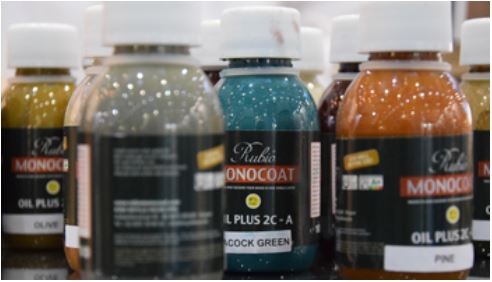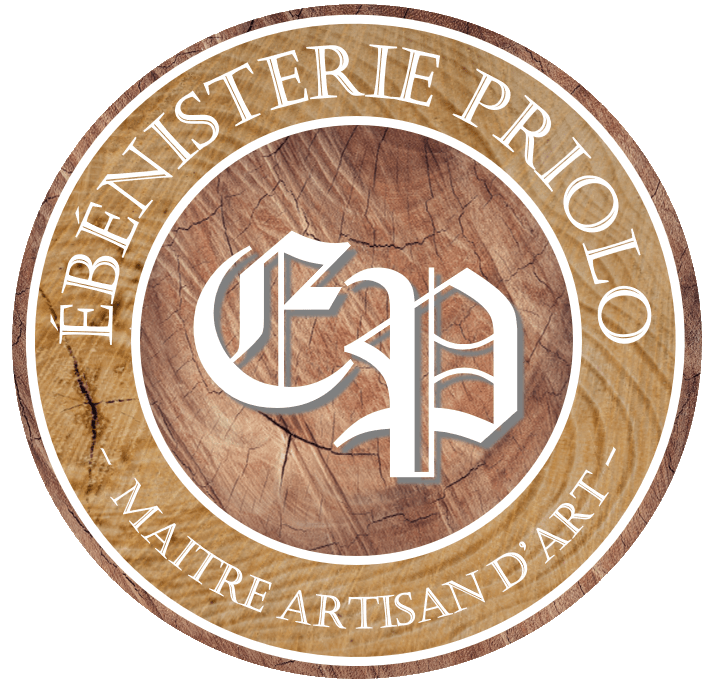Common finishes
The finish has 2 goals, the first is to protect the wood and the second to bring out the detail of the material while providing a well-defined style. The finishes are many and varied but each has its own particularity.
Linseed oil
 The natural solution for finishing your joinery and furniture. It nourishes the wood in depth while providing it with flexible and waterproof protection.
The natural solution for finishing your joinery and furniture. It nourishes the wood in depth while providing it with flexible and waterproof protection.
Used for hundreds of years, it has proven itself over time in the maintenance of the doors of monuments such as churches. Fallen into disuse in favor of stains, it is back on the front of the stage. Indeed it offers a magnificent natural rendering allowing to bring out the veining, a pleasant smell and is part of a very interesting environmental approach.
This is our favorite finish because it lets the wood breathe, gives it softness and warmth with a visual effect between matt and satin.
The little news! Monocoat oil.
 You might have understood that we love the oil for the finish. However, it has its limits in terms of color despite our cabinetmaker secrets. Thanks to this new generation of oil we can offer you more than 40 different colors with all the advantages of an oil finish. From the untreated raw wood effect to black through red, the choice is yours.
You might have understood that we love the oil for the finish. However, it has its limits in terms of color despite our cabinetmaker secrets. Thanks to this new generation of oil we can offer you more than 40 different colors with all the advantages of an oil finish. From the untreated raw wood effect to black through red, the choice is yours.
Wax
Wax is a finish that fills the pores of the wood without, however, removing its grain. Unlike paint, which will tend to hide the grain of the wood, wax enhances it. What is more, it allows many effects of style and nuances of colors.
Moreover, it is also very popular for the characteristic fragrance it gives off.
Varnish finishes
The varnish forms a thin transparent film which covers the wood on the surface. It is very resistant to shocks, abrasions and protects the wood from water.
It comes in 3 main types:
- Mat: protects the wood without shining
- Satin: reflects light like a wax
- Brilliant: offers a good depth and highlights the detail of the veining
The varnish is mainly suitable for hardwood species because on soft woods it risks cracking after which its repair is done only on the whole part. Therefore it is only used for indoor furniture.
Variants of varnish:
Lacquered: an ancestral finishing technique developed in China around 4000 years BC to protect wooden art objects. It is found today in our workshops for furniture finishing. It is an alternation of thin layers of lacquered varnish and sanding for a very smooth finish.
Painted: it is quite possible to paint wood. Whether for the creation of a kitchen, a door or simply a piece of furniture in a very particular style. The paint is then varnished to give the finish a better solidity.
